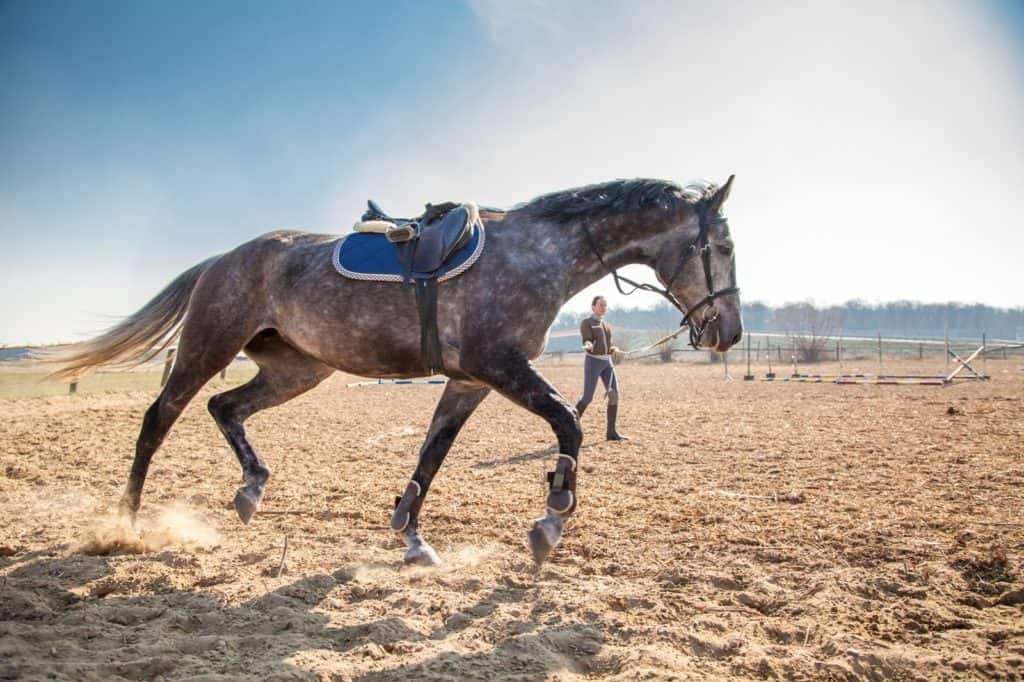
Beyond Osteoarthritis: ‘Other’ Causes of Joint Disease
Early diagnosis and proper treatment of these joint problems can make the difference in whether the horse can return to soundness.

Early diagnosis and proper treatment of these joint problems can make the difference in whether the horse can return to soundness.

Longeing horses in a controlled way and avoiding overlongeing could be the most effective ways to protect their joints.

Find out how orthopedic therapies are enhancing the health and performance of sport horses in the Research Roundup 2024 issue of The Horse.

Find out what commonly applied practices horse owners and caretakers tend to overdo.

One veterinarian describes what management changes you can make to keep your arthritic horse comfortable.

Learn what you can do to help your horse recover from a joint injury and give him a better prognosis for the future.

Researchers found that aged horses with PPID (equine Cushing’s disease) might be at a higher risk of losing bone density, especially in non-weight-bearing bones.

Here’s what veterinarians should consider before injecting a metabolic horse’s joints.

Find out how coffin bone fractures happen and how to prevent them from becoming career-ending injuries.

Here’s how you and your veterinarian can work together to reduce your horse’s risk of developing joint disease in his early years.

Splint bone injuries are common in both working and pastured horses. Here’s what you should know.

Find out how a colt with persistently puffy hocks but no lameness was diagnosed with and treated for a medial malleolus lesion.

Detecting and managing osteoarthritis in its early stages can go a long way toward keeping your horse sound, comfortable, and happy in his job for years to come.

Two veterinarians answer your questions about preventing arthritis in horses. Sponsored by Arthramid Vet.

An owner’s doctor is reluctant to give her joint injections too often, but her horse gets them every six months. Is that cause for concern?

In a first-of-its-kind study, researchers explored the connection between a physeal structure in the neck and wobbler syndrome in horses.
Stay on top of the most recent Horse Health news with
"*" indicates required fields